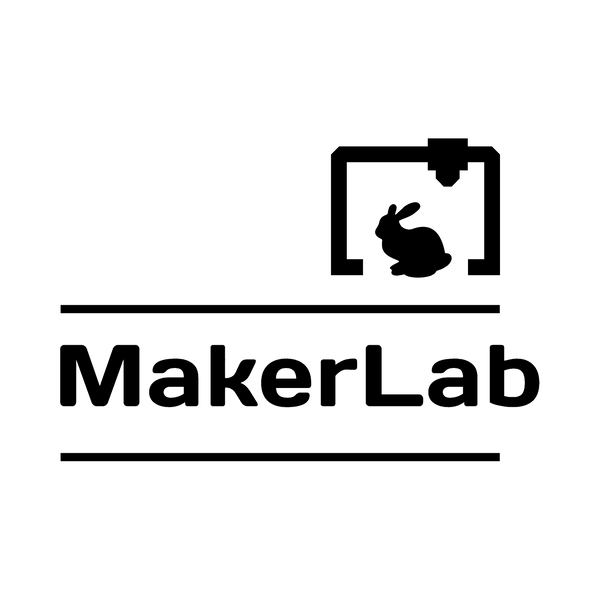Choosing a 3D Printing Technology: A Guide for Beginners.
In the world of 3D printing, there are numerous technologies, each with its own characteristics and advantages. If you are a beginner in this field and want to determine the suitable technology for your needs, this article will help you understand the key options. We will explore Fused Deposition Modeling (FDM), Stereolithography (SLA), and Selective Laser Sintering (SLS) printing technologies, and assist you in making a choice based on your requirements.
1. FDM (Fused Deposition Modeling)
FDM printing is one of the most accessible and commonly used 3D printing technologies. It operates by extruding plastic material through a heated nozzle, layer by layer, to create the desired model. The FDM printing process is relatively straightforward, making FDM printers a great choice for beginners.

Advantages of FDM:
- Affordability: FDM printers are available at various price points, including more budget-friendly options suitable for beginners.
- Wide range of materials: FDM technology supports various types of plastic filaments such as PLA, ABS, PETG, and others, offering a great deal of material flexibility.
- User-friendly: Standard FDM printers have user-friendly interfaces and intuitive software, making them ideal for beginners.
Applications of FDM:
FDM printing finds applications in various fields, including prototyping, model making, DIY projects, and creating cosplay accessories. With the ability to work with a wide range of materials, you can bring your creative ideas to life.
2. SLA (Stereolithography)
SLA technology utilizes photosensitive resins and an ultraviolet laser. During the printing process, the laser scans the surface of the liquid resin, causing it to solidify and form the desired model layer by layer. SLA printing offers high precision and print quality, making it a preferred choice for those seeking intricate details.

Advantages of SLA:
- High print quality: SLA printers provide excellent precision and smooth surface finish, making them ideal for creating highly detailed parts.
- Material variety: There is a wide range of photosensitive resins available, including materials with different physical properties and colors.
- Application across industries: SLA printing has applications in prototyping, jewelry production, medicine, and other fields where high detail and print quality are required.
Applications of SLA:
SLA printing is well-suited for creating prototypes, jewelry pieces, architectural models, and other objects that demand high levels of detail and accuracy. If you strive for producing high-quality and intricate items, SLA technology can be an optimal choice.
3. SLS (Selective Laser Sintering)
SLS technology employs a laser beam to fuse or sinter powdered materials, such as polymers or metals. The laser scans the powder layer, fusing its particles and building the three-dimensional object. SLS printing offers strength and the ability to work with various materials.

Applications of SLS:
SLS technology finds extensive use in functional prototyping, manufacturing exterior shells for electronics, spare part production, and other areas that require high strength and material flexibility. However, for beginners in 3D printing, SLS printing may be more complex and expensive to implement.
Choosing a 3D Printing Technology for Cosplay Accessories
If you plan to use 3D printing for creating cosplay accessories, FDM technology can be an excellent choice. It offers several advantages that cater to the needs of cosplayers.

Key advantages of FDM for printing cosplay accessories:
1. Affordability: FDM printers are available at various price points, allowing you to find a device that fits your budget.
2. Wide range of materials: FDM technology supports various plastic filaments, providing the flexibility to choose materials that suit your specific accessory requirements.
3. Ease of use: FDM printers have user-friendly interfaces and are beginner-friendly. You can quickly start creating your cosplay accessories without significant complexities.
4. Strength: FDM printing produces models with good strength, which is particularly important for accessories subject to mechanical stress.
5. Scalability: FDM printing allows you to create accessories of different sizes, from small details to large costume elements.
However, if you are specifically seeking high detail and smooth surface finish, SLA printing can be an alternative option for printing certain cosplay costume details.
Conclusion
When choosing a 3D printing technology for your cosplay accessory needs, FDM printing is a great option, offering affordability, strength, and a wide range of material choices. It empowers you to bring your cosplay ideas to life with relative ease. Whether you are a beginner or experienced cosplayer, 3D printing provides exciting opportunities for creating unique and customized accessories.

